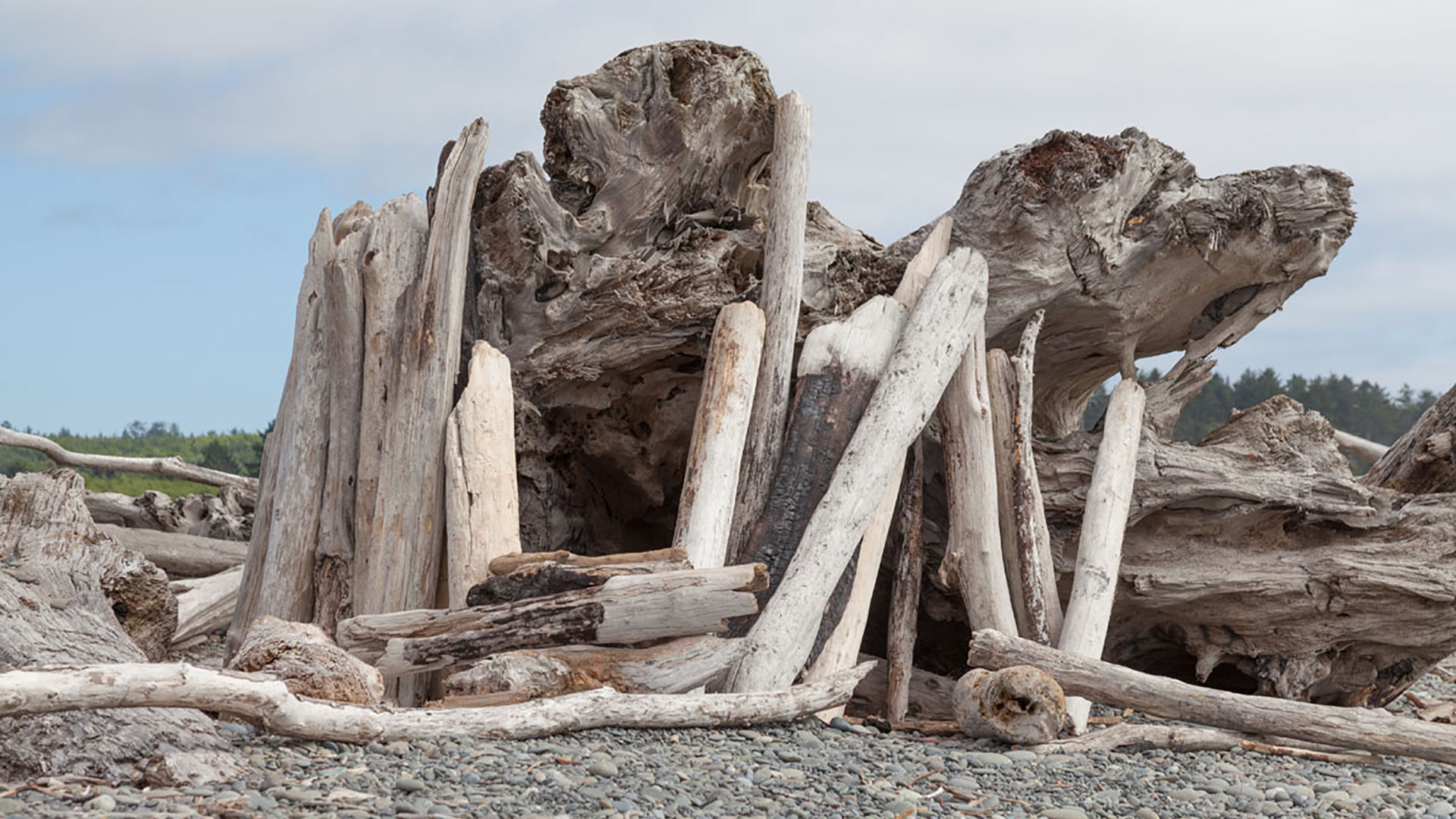Robert Crouch: What inspired you to create SHED Research Institute? What were some of the possible social-economic or cultural conditions that you may have responded to at the time?
Jeff Cain: I always liked the idea of an interdisciplinary practice that would cross over art, design, and curatorial processes. Many artists often have broad activities that support their practice, but often those roles are written out of the narrative of their work. I really needed to carve out a studio identity and economic model that would support those interests, and the SRI was the beginning of that.
Like Victor Papanek, I have always been interested in DIY culture, vernacular design, and products that are user-assembled. The “shed” is both a literal and figurative home to the SRI. Physically, it is a typical prefabricated barn kit that I installed in my backyard as a temporary structure. Sheds, garages, and utilitarian spaces have always been part of the ethos of amateur backyard tinkering and design. They are practical and private spaces where people are able to spend their own “surplus labor” to take risks and pursue impractical projects.
RC: What is your role in SHED, or specifically, how does the notion of “authorship” figure into your thinking?
JC: I am an artist whose main priority is to create projects that provoke public dialogues. But as a general enthusiast, there is no way that I can pursue all of my ideas and interests. So many artists, designers, and thinkers have really compelling ideas that traditional venues can’t or won’t support. I see the Shed as an institution that’s authorship comes from collaborative and supportive framing through producing unique opportunities for creative researchers to express those ideas and unique experiences for the public to engage in research dialogues. This could be through exhibitions, residencies, workshops, charrettes, publications, editions, or websites.
RC: What projects are being developed for SHED? Do you see SHED as a long term project, and if so, what would you like to see it become in the next 3-5 years?
JC: The Shed is a long-term project, but its focus may change over time. The Papanek show at the Armory and its summer programs will result in an unusual print-on-demand publication. This sort of multidisciplinary and collaborative investigation into an important but “hidden-in-plain-sight” designer is a good example of a SRI project.
The summer’s priorities will consist of some Shed upgrades that will allow for outdoor fabrication space and outdoor meeting space for workshops and meals. If things are finished on time, I hope to present a project with artist Dewey Ambrosino.
For the next year, I am interested in pairing artists with designers to make creative research publications and websites. For this presentation model to work, I will need to increasingly rely on production funding and creative matchmaking between like-minded folks. In the next five years, I would like for the Shed to raise funds, build an audience, and to gain more collaborators who can help propel projects forward.
